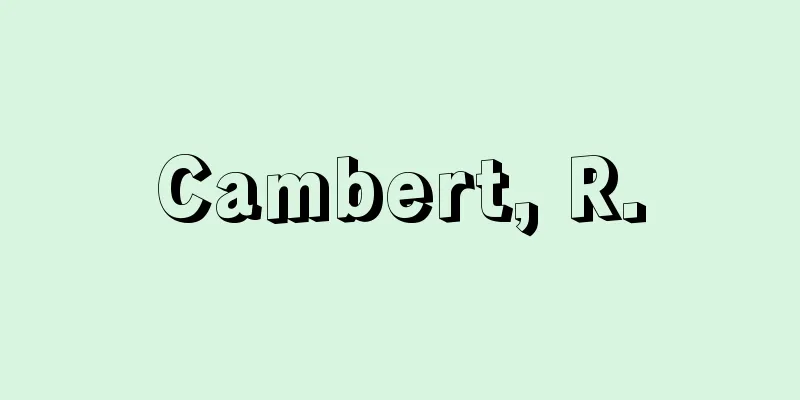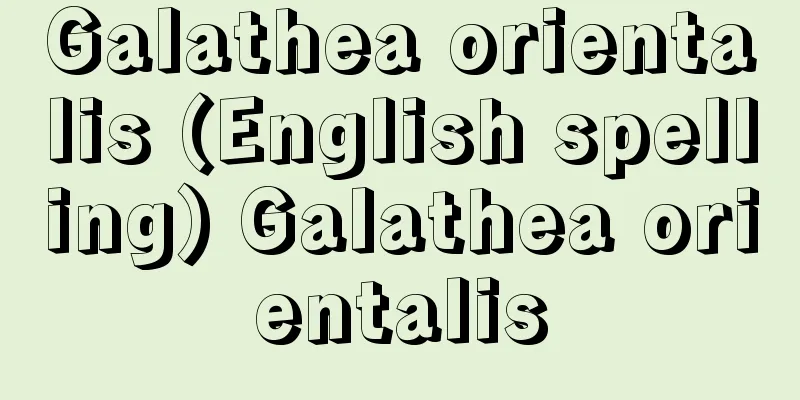Chemical potential

|
When a certain chemical species i (simple substance or compound) exists in a mixture, the free energy (Gibbs free energy) per mole of that chemical species is called the chemical potential μ i . In a pure system with only one chemical species, the free energy per mole of a certain chemical species can be calculated by dividing the free energy of the system by the number of moles, but in the case of a mixture, [Toda Genjiro] [Reference] | | |Source: Shogakukan Encyclopedia Nipponica About Encyclopedia Nipponica Information | Legend |
|
ある化学種i(単体または化合物)が混合物中に存在するとき、その化学種1モル当りの自由エネルギー(ギブス自由エネルギー)を化学ポテンシャルμiという。ある化学種の1モル当りの自由エネルギーは、化学種が1種類だけの純粋な系では、その系の自由エネルギーをそのモル数で割れば求められるが、混合物の場合には、 [戸田源治郎] [参照項目] | | |出典 小学館 日本大百科全書(ニッポニカ)日本大百科全書(ニッポニカ)について 情報 | 凡例 |
<<: Artists' Union - Gakakumiai
Recommend
Ingen - Beans
A Chinese Ming Dynasty Zen monk who came to Japan...
Klausenburg
…Its current official name is Cluj-Napoca. Its Hu...
Aircraft insurance - Kitaihoken
…The most common type of insurance is aircraft in...
Greetings - Greetings
It is a formal, almost ritualistic interaction th...
"Principles of Painting" - Gahokouryō
…Kuwayama Gyokushu’s Gyokushu Painting Style (179...
Enforcement
〘Noun〙 ("Se" is the Go-on pronunciation ...
Verification
…This is called a (criminal) conspiracy. In Germa...
Mering, J.
…It is also called diethylbarbituric acid, and is...
Ferreira, A. (English spelling) FerreiraA
… The history of the Portuguese theatre is not pa...
One house - Kataya
〘Noun〙① A roof made so that rainwater falls more o...
Sumitomo Zaibatsu
One of the three major zaibatsu before the war. B...
Minobu [town] - Minobu
A town in Minamikoma District in southwest Yamanas...
Etsu (Japanese tapertail anchovy) - Etsu (English spelling)
A fish of the genus Grenatfish in the family Engra...
Virgin Birth - Shojo Kaitai
In comparative religion, it does not refer to a w...
American quail - American quail
…In the past, the common mantis shrimp F. pintade...





![Kawai [village] - Kawai](/upload/images/67cb45b54be6e.webp)



